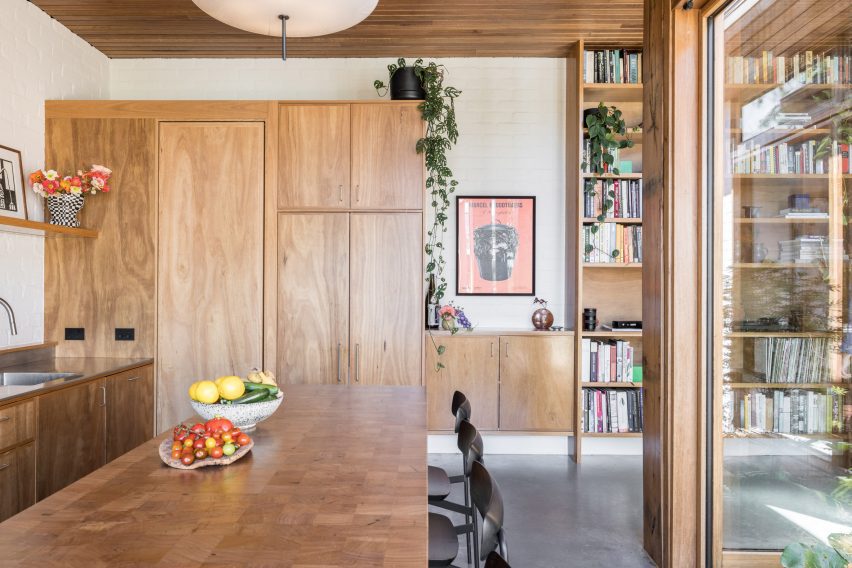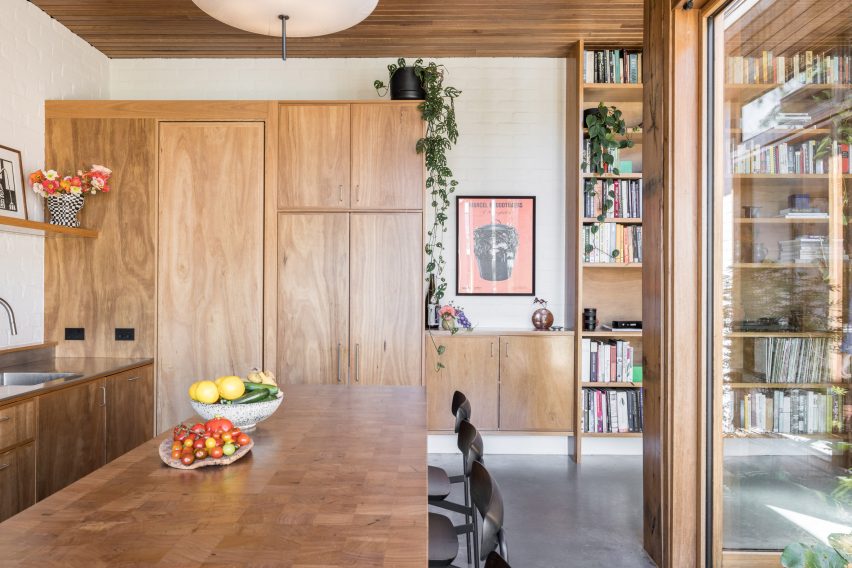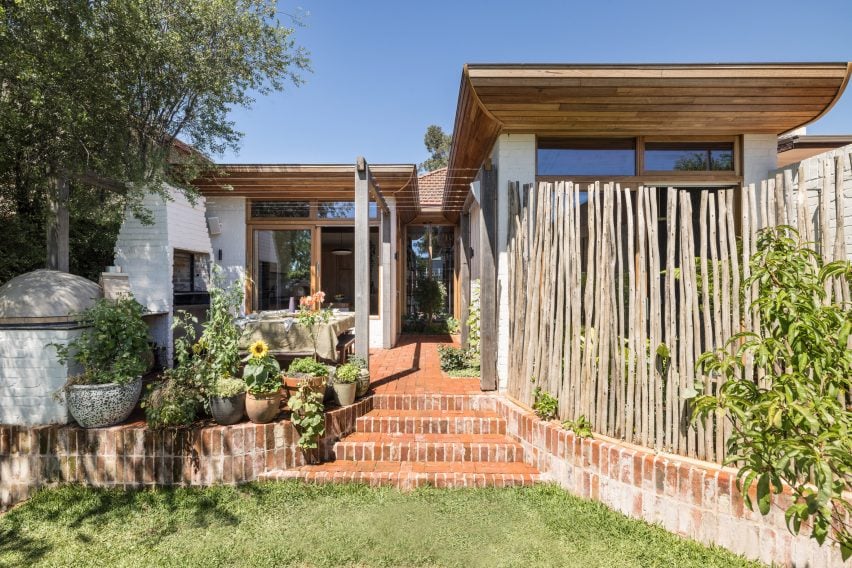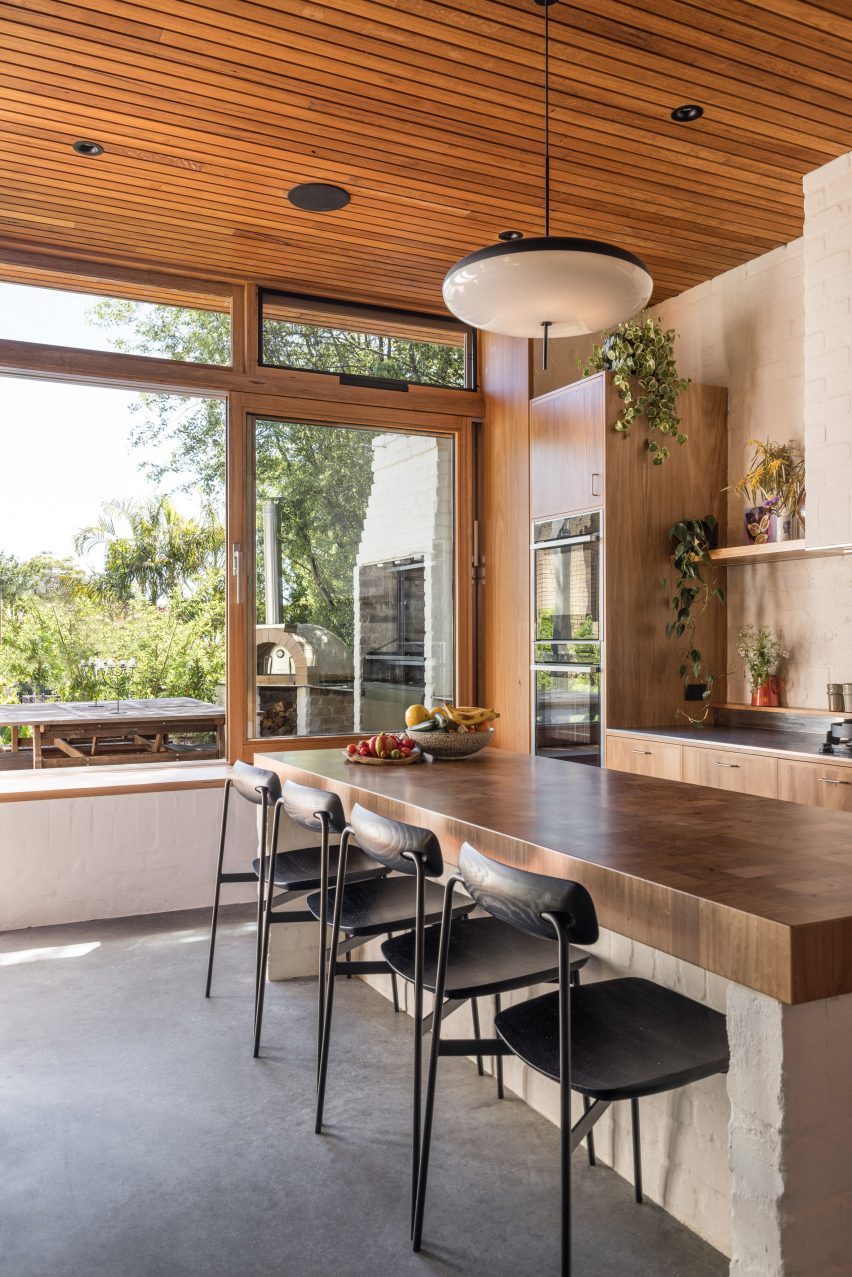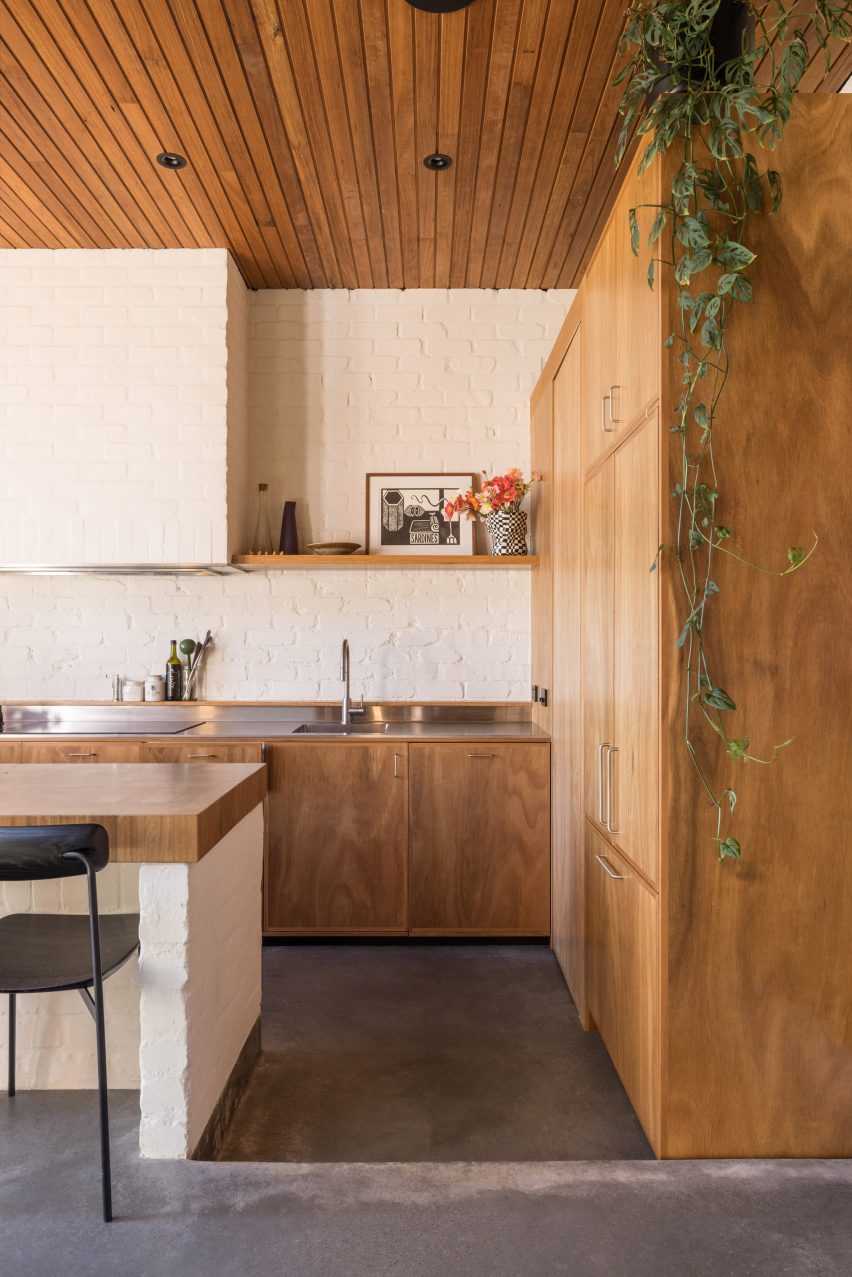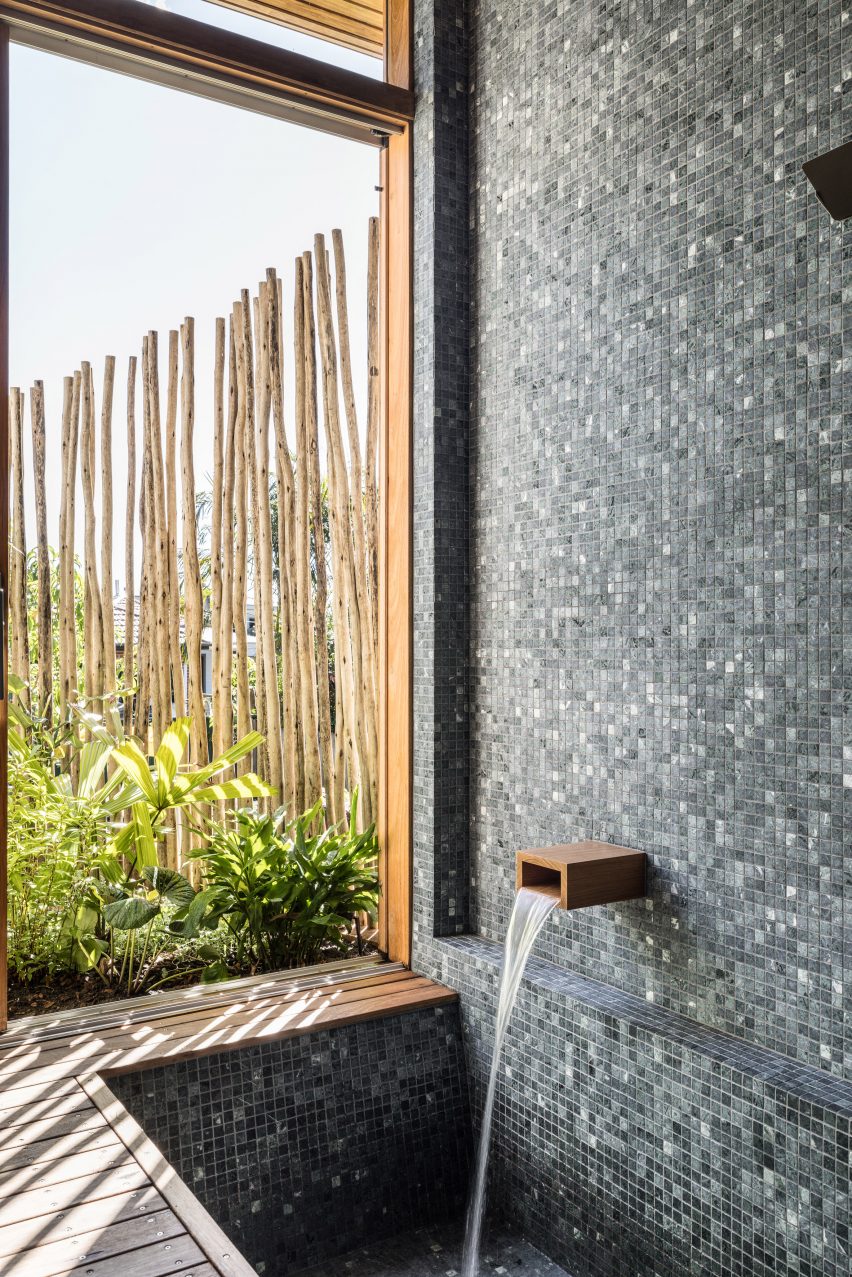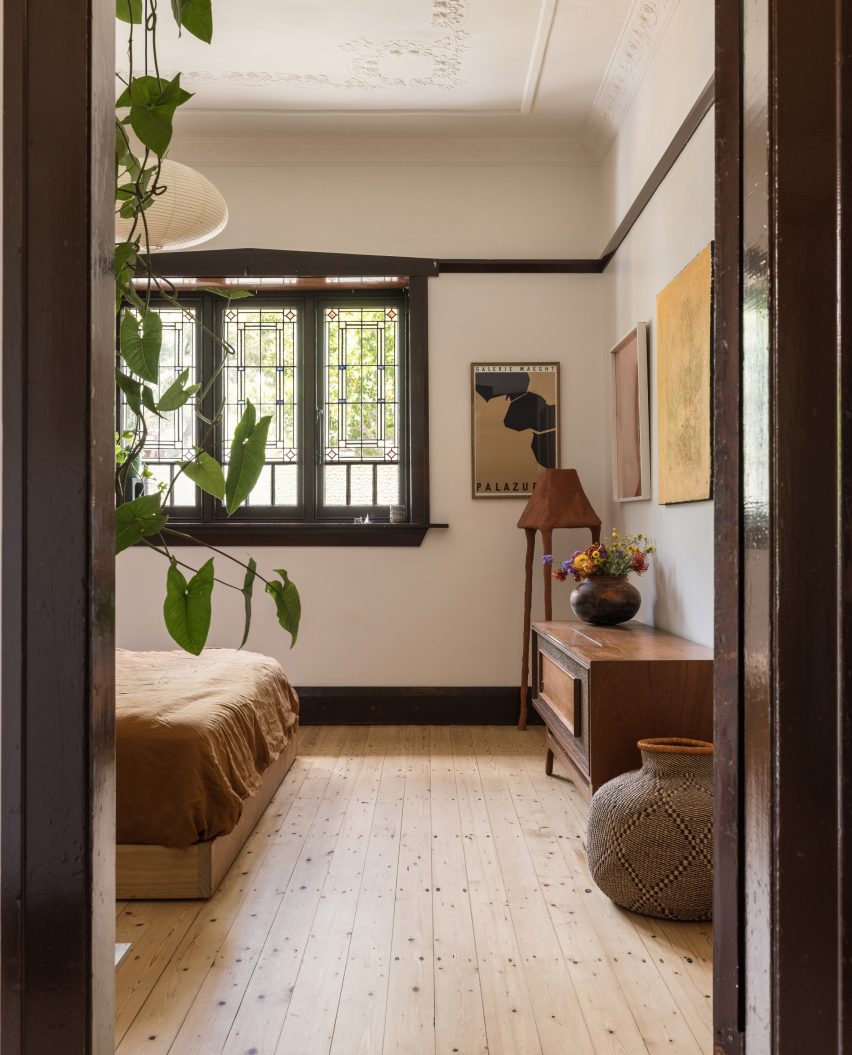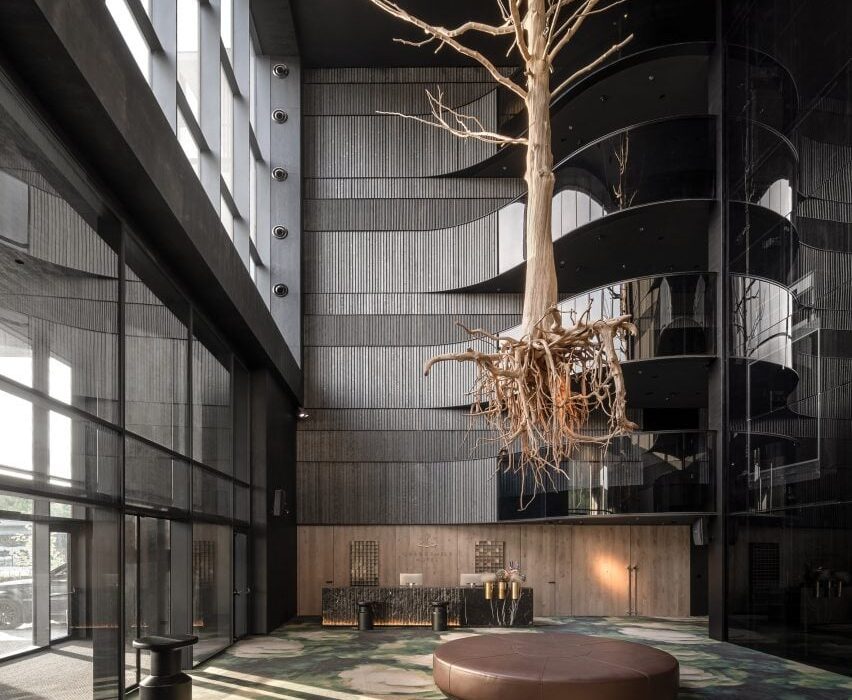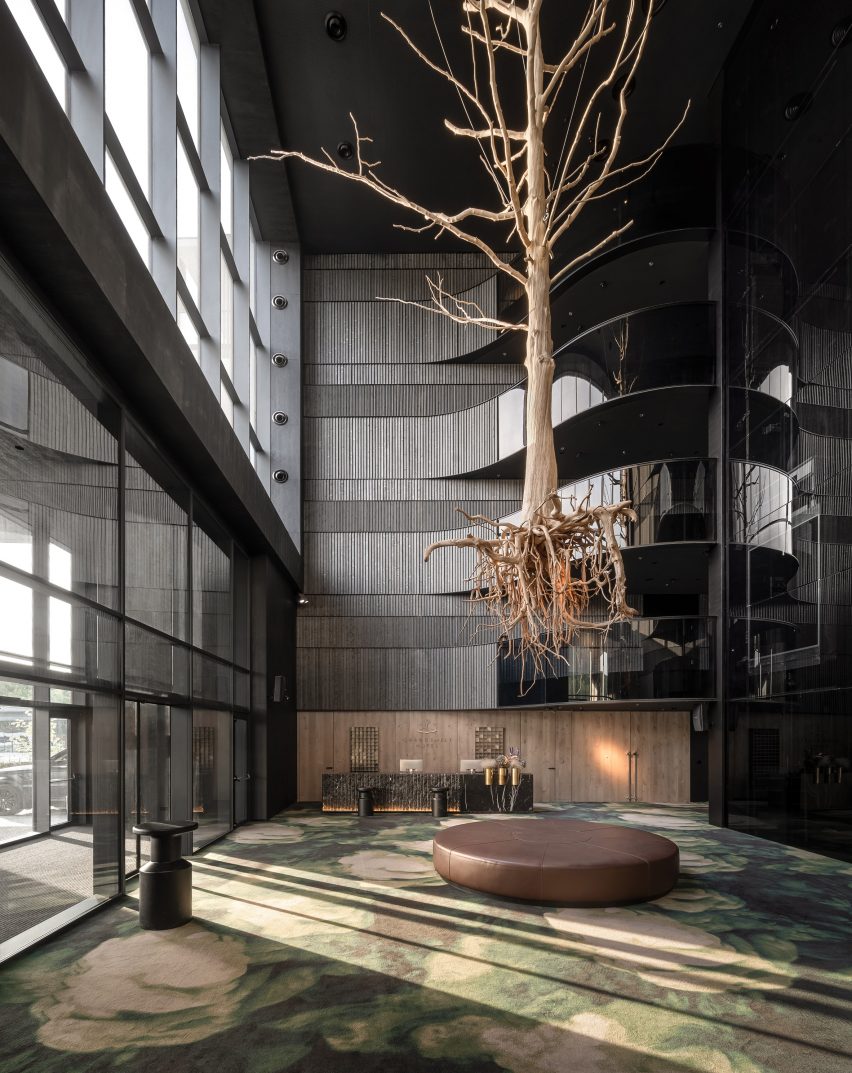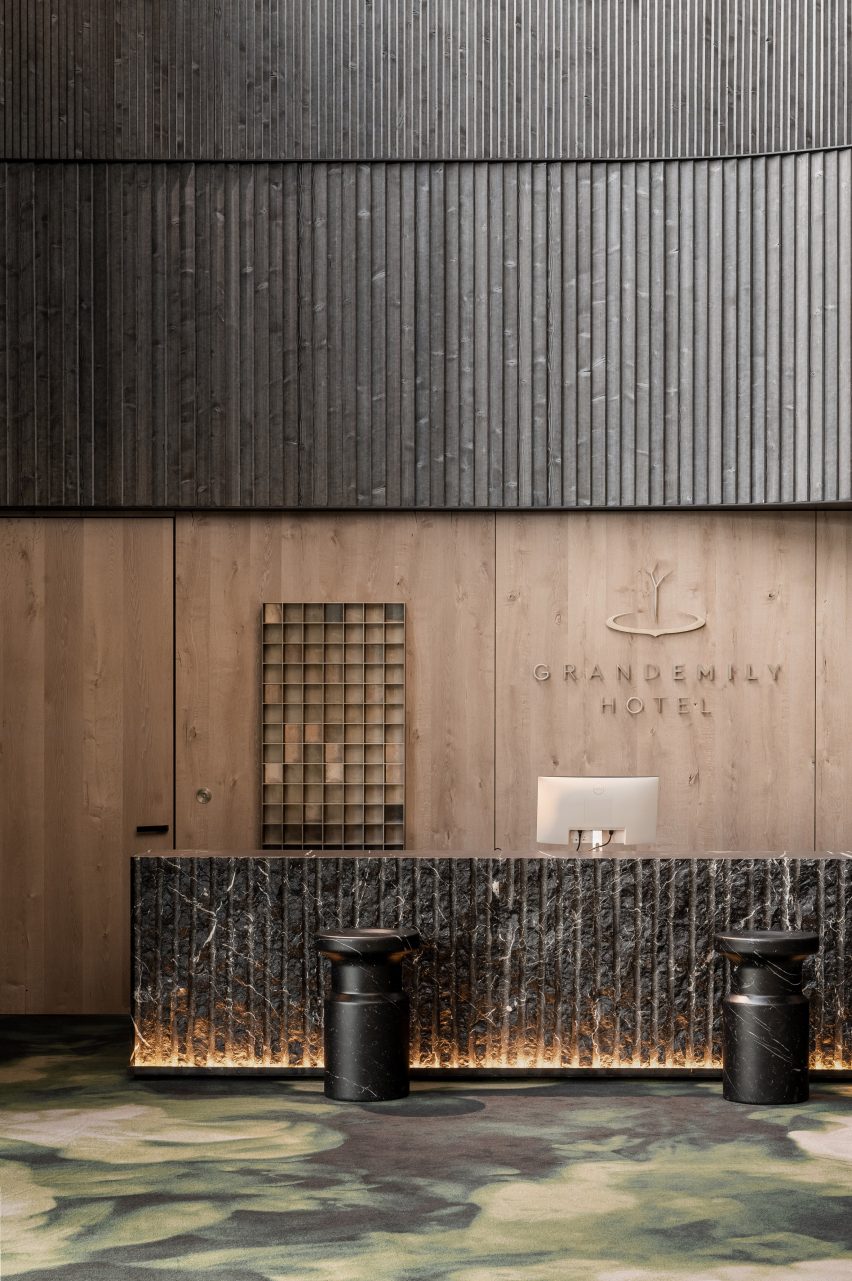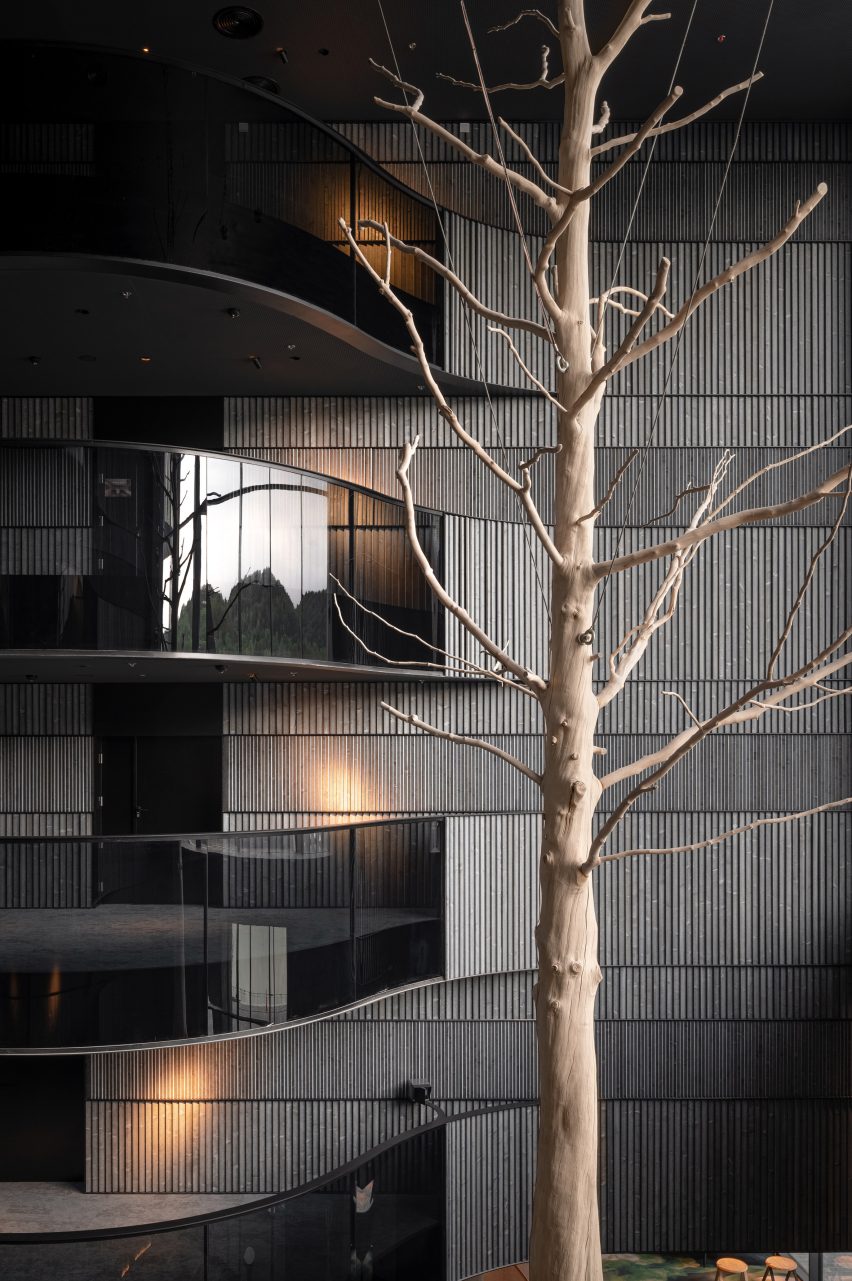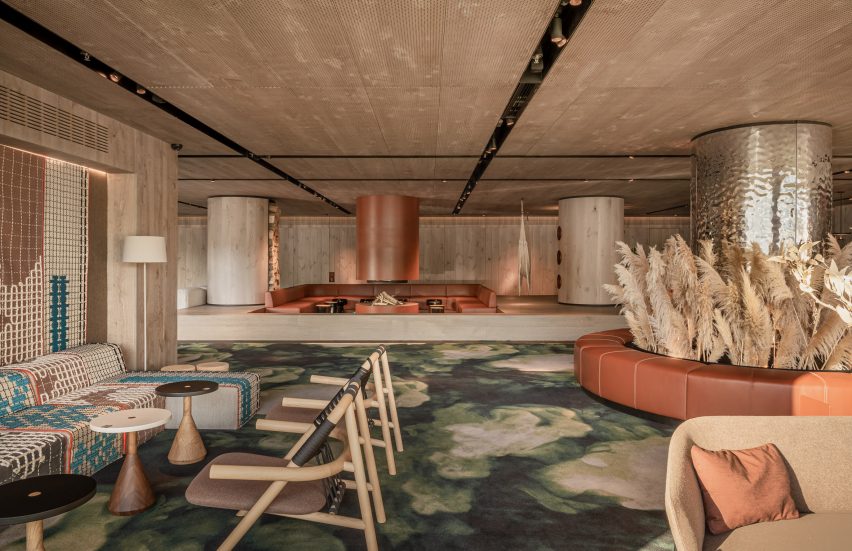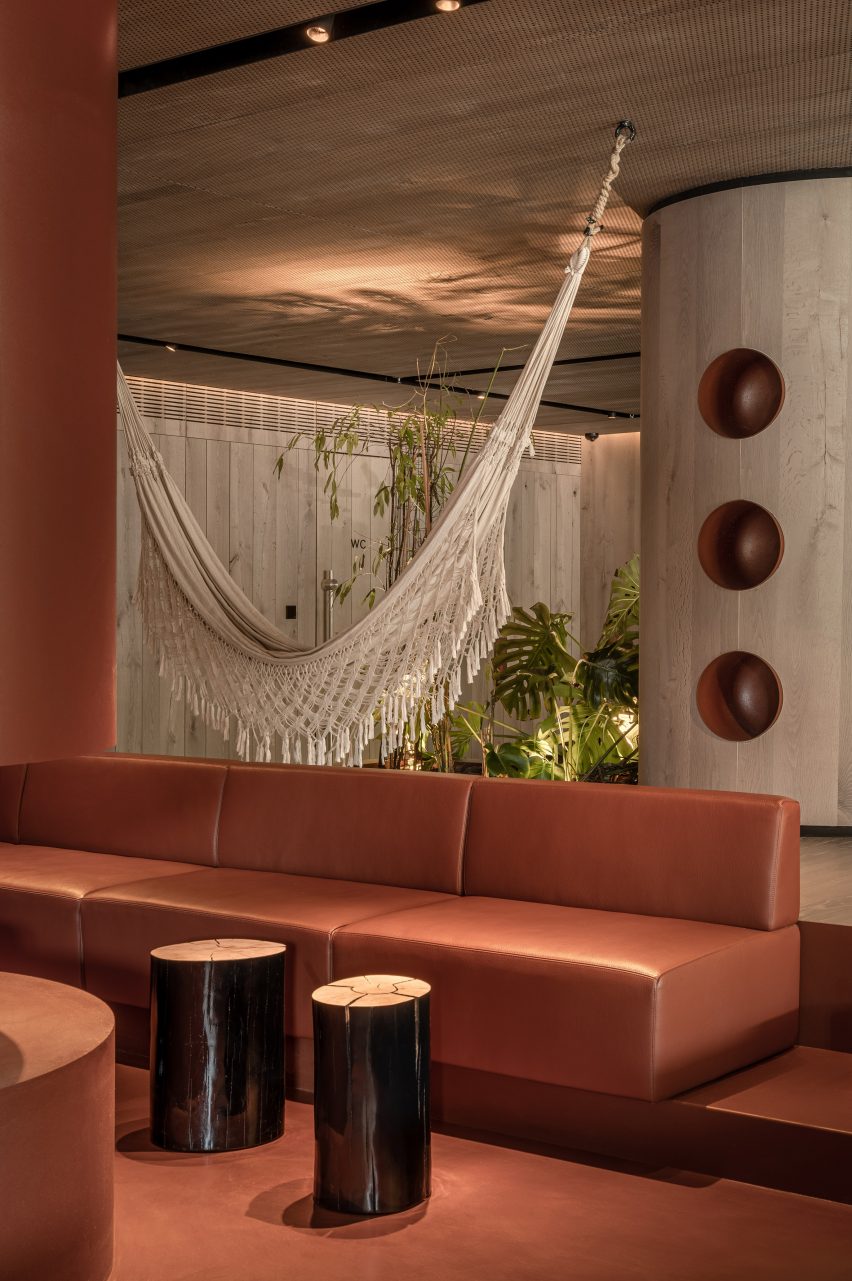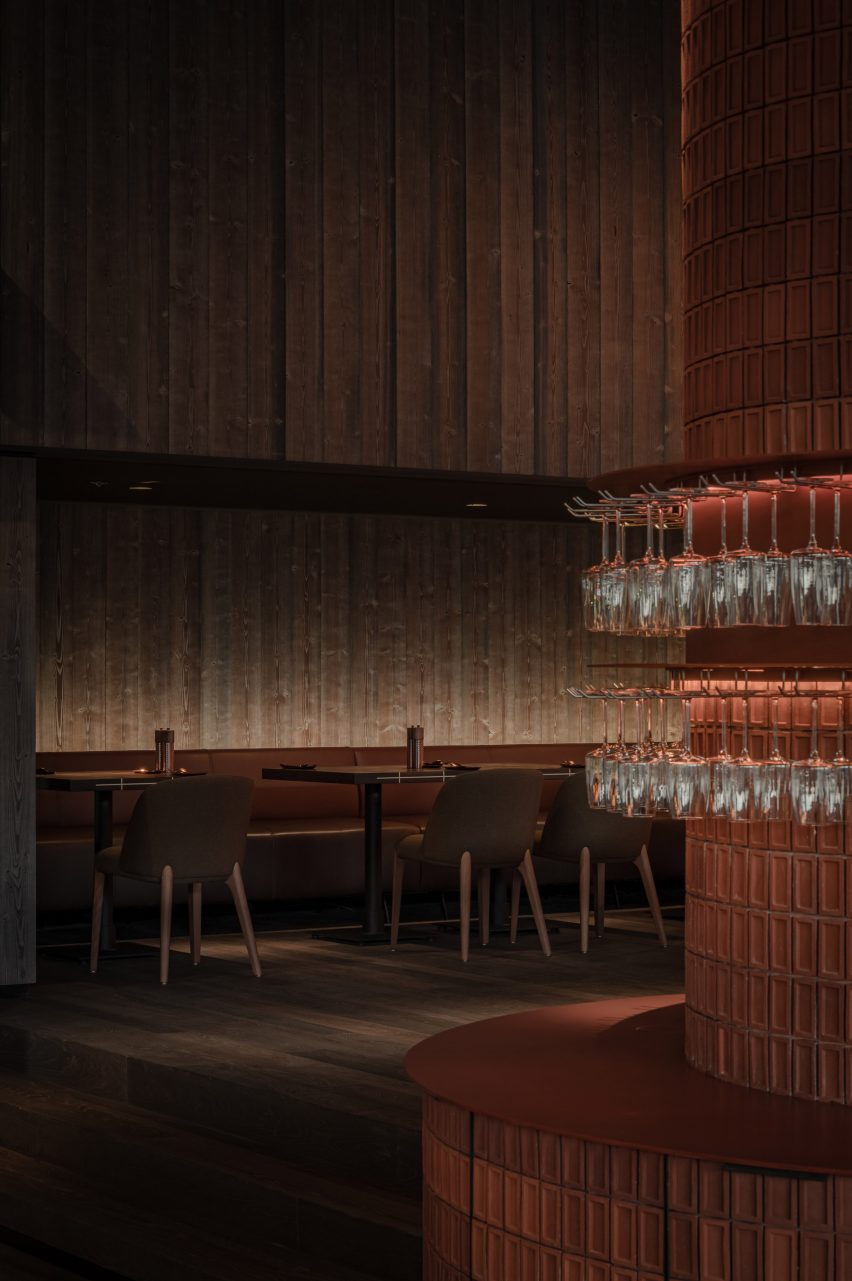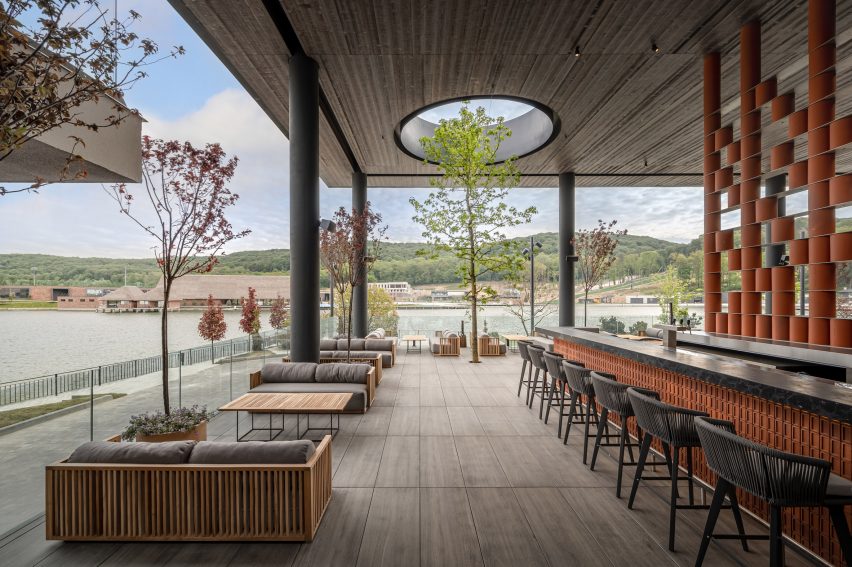Planet Champions: Emily Stochl – Springwise

September is traditionally the month when the fashion industry puts its best foot forward, with fashion weeks taking place in New York, London, Milan and Paris. Social feeds, magazines, and style sections scrutinise the latest collections and ‘what we’ll be wearing’, while fast fashion retailers race to get high street interpretations online and into bricks and mortar stores.
Of course, September isn’t the only landmark month for fashion and the fast fashion juggernaut is relentless, with Chinese firm Shein reportedly releasing on average 6,000 new products a day. Unwanted clothes often end up in landfill, or shipped to the global south where they are either sold in low-value markets or simply burnt.
Fortunately, there are countless innovators around the world looking to shake up the way things are done in the world of textiles, from the creation of new sustainable materials to the use of artificial intelligence (AI) to make manufacturing less wasteful, as well as inspiring activist groups wanting to shed light on the unsustainable reality of our modern wardrobes and encourage change.
We sat down with Emily Stochl, presenter of the Pre-Loved podcast and Director of Education for the non-profit, global advocacy organisation Remake, which is fighting for fair pay and climate justice within the clothing industry.
A discussion with emily stochl
Remake is on a mission to disrupt our current destructive model of consumption and make ‘fashion a force for good’. “We take an ‘and, and, and’ approach,” says Emily. “Education for individuals, brand accountability and policy change. Those are the three pillars of our work because we believe that those three things work in tandem. It takes people to influence politicians and it takes policy to influence brands.”
As Remake’s director of education, Emily ensures that the 1,700-strong global network of advocates have the materials they need to spread the word about more conscious consumption and fair treatment of garment workers. “I support those communities with ready-to-go materials, whether it’s for lectures, workshops, resources or curriculums – things they can use to communicate the Remake message in whatever space they are in. We believe in this grassroots model, we want to put the information in as many hands as possible.”
Building connection
As is the case for many now working in similar industries, the 2013 Plaza Factory collapse really opened Emily’s eyes to the dark realities of fashion production – and the individuals who are so central to a garment’s creation, but often left forgotten by the big brands they work for.
“Once that major disaster had happened, I wanted to make a difference, but this is a common story – people want to make a difference but we don’t know how to do it on our own. We need community around us. So I went out looking for that community in other sustainability spaces. I found that in the second hand community, I found Remake and the fashion advocacy community and so I got involved both in making the podcast and Remake about the same time around 2017 or 18. For me it was about finding other people who care about these issues so that we can do better together.”
And empathy is core to the Remake mission. “Pre-Covid, one of the things that we would do is take US college students in fashion programmes to meet garment workers similar in age to them in other countries to build a connection. It’s the idea that ‘women just like me‘ in the global south are producing our clothes.”
This insight that change can come through connecting the cheap top you’ve just bought to the person in a factory working up to 14 hours a day to produce hundreds of them is simple, but powerful.
#NoNewClothes
Emily also leads Remake’s #NoNewClothes campaign, which is just drawing to a close. Although as Emily says, “You can do it any time of year! #NoNewClothes is built off the ideology that it takes three months to build a habit that’s going to last. If we can get you to pledge not to buy anything new, to reset that mindset – which is automatically to buy something new – and you can commit for 90 days, it’s going to have an effect on you that we believe will last you for a long time.
“So much about how we interact with fashion is about fast fashion and marketing messages that tell us to consume. We’re saying press pause for a moment to think about over consumption and see how you can make an impact through water saved and carbon emissions saved.”
At the current tally, over 1,800 people have taken the pledge, saving around 17.6 million litres of water, and preventing 375,000 kilogrammes of carbon from entering the atmosphere. The ‘ticker’ is constantly updating on the Remake site. Each person commits to reusing clothes, buying second-hand or not buying anything new at all. The last point is the one that often gets missed but is crucial. According to a Time story earlier this year, TikTok influencer Drew Afualo, who has more than 6 million followers, defended a partnership with Shein by saying that “Sustainable fashion is a privilege,” and “Not everyone can afford to shop sustainably.”
“What I’d put back to someone who is questioning whether this is something you could do, is to ask, ‘Do you think you have what you need to get by for three months?’ And I think for the vast majority of people in the global north they absolutely do. We have enough clothing, we have enough in our closet. The first question I get asked is ‘Where do I shop instead?’ And I get that impulse because we have been trained to think about sustainable swaps but really it’s about more than that. It’s about realising you have enough or that you could be fine with less.”
Looking forward
Reflecting on the enormous impact that fashion production has both on people and our planet is disheartening, and it can feel like the individual is fighting an uphill battle against mega-corporations that are resistant to change. Luckily, Emily is keeping the faith: “I’m an eternally optimistic person, but I stay optimistic because I see change happening every day. Because I get to be a part of campaigns and see people take action and see results. I’m constantly getting that affirmation that people deciding to make change has an effect.”
For instance, at the start of the pandemic, Remake was involved in the coalition working on the #PayUp campaign. When Covid put normal life on pause, big brands started cancelling orders that garment workers had already began production on – without payment. The campaign successfully put $22 billion worth of wages back in the pockets of those workers.
“I think when challenges come your way – like covid – you can think of those as challenges,” Emily says. “But you can also think about them as moments that make people care.”
Are you looking for more positive news on ways fashion is becoming more sustainable? Take a look at our Library for some inspiring fashion innovations, and make sure you’re subscribed to our monthly newsletter so you don’t miss the first look at our next Planet Champion.
Words: Angela Everitt and Matilda Cox


